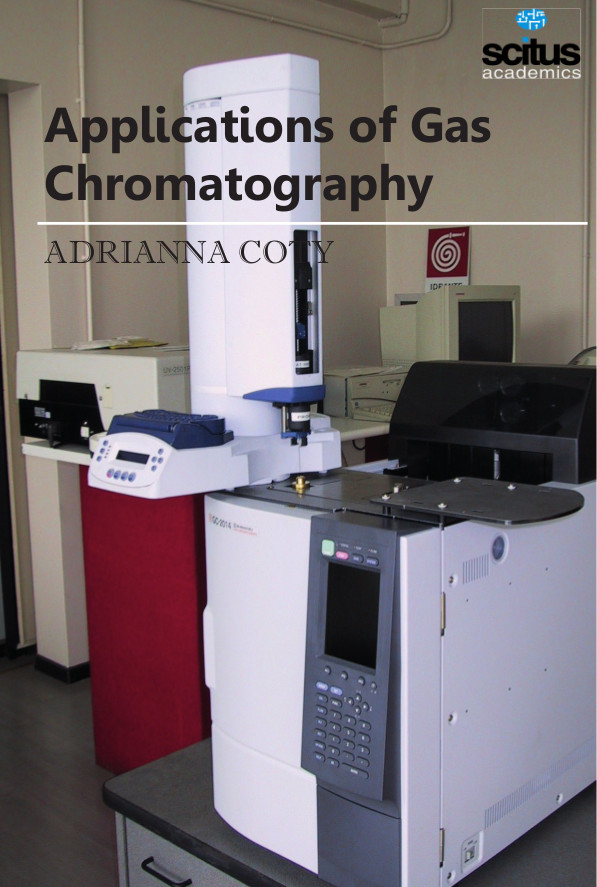Gas chromatography is a term used to describe the group of analytical separation techniques used to analyze volatile substances in the gas phase. In gas chromatography, the components of a sample are dissolved in a solvent and vaporized in order to separate the analyses by distributing the sample between two phases: a stationary phase and a mobile phase. The mobile phase is a chemically inert gas that serves to carry the molecules of the analyze through the heated column. Gas chromatography is one of the sole forms of chromatography that does not utilize the mobile phase for interacting with the analyze. The stationary phase is either a solid adsorbent, termed gas-solid chromatography (GSC), or a liquid on an inert support, termed gas-liquid chromatography (GLC). Helium remains the most commonly used carrier gas in about 90% of instruments although hydrogen is preferred for improved separations. This inert gas goes through a glass column packed with silica that is coated with a liquid. Materials that are less soluble in the liquid will increase the result faster than the material with greater solubility. The purpose of this book entitled Applications of Gas Chromatography is to provide a better understanding on its separation and measurement techniques and its application. Since chromatography techniques are separating and analyzing methods, this book will help other researchers and young scientists to choose a suitable chromatography technique. Furthermore, this book illustrates the newest challenges in this area. This valuable book aims to provide a connection between various chromatography techniques and different processes.













